Is there a way to change the responder or select another textfield by pressing tab on the keyboard, in Swift?
Notes: It's for a fill in the blank type application.
My VC creates a list of Words [Word], and each of those words has its own WordView - word.wordView. The WordView is what is displayed. WordView is a child of NSTextField.
I tried to override keydown but it doesn't allow me to type anything in the text view.

